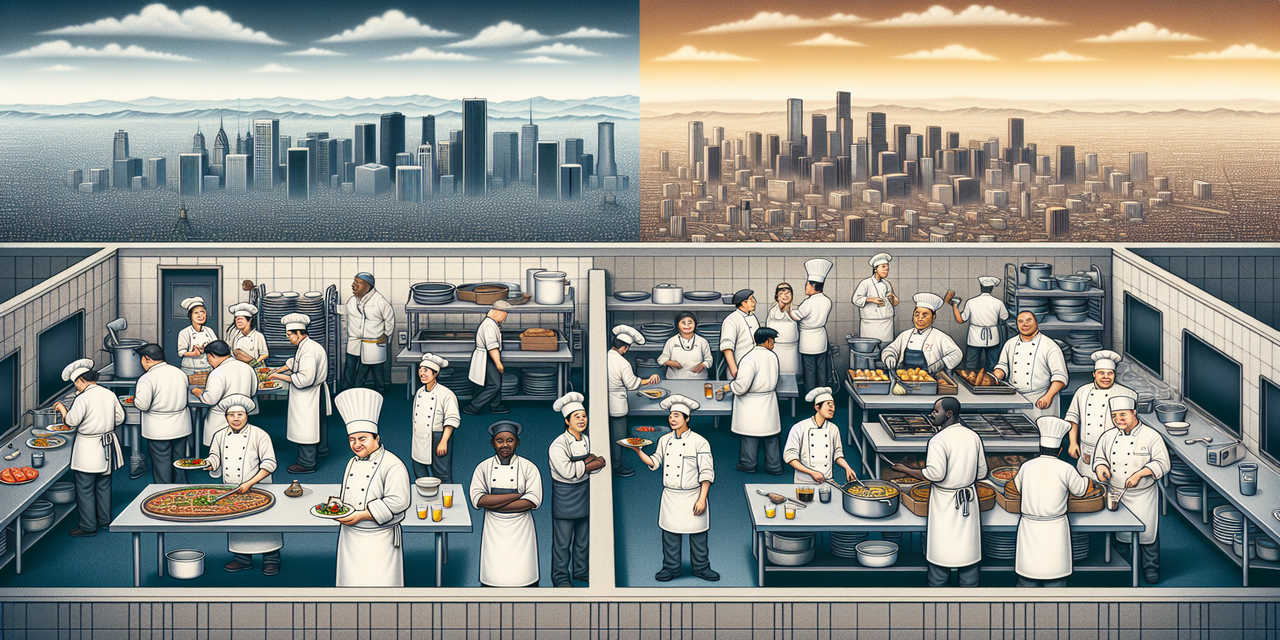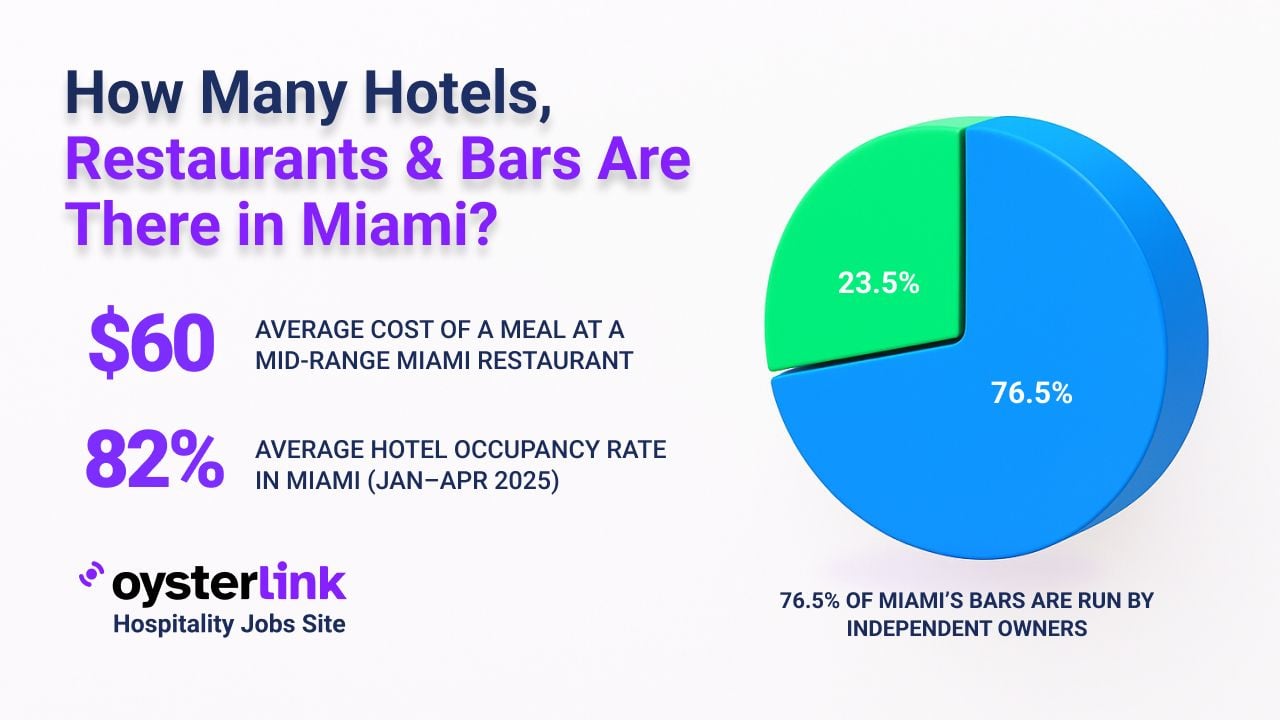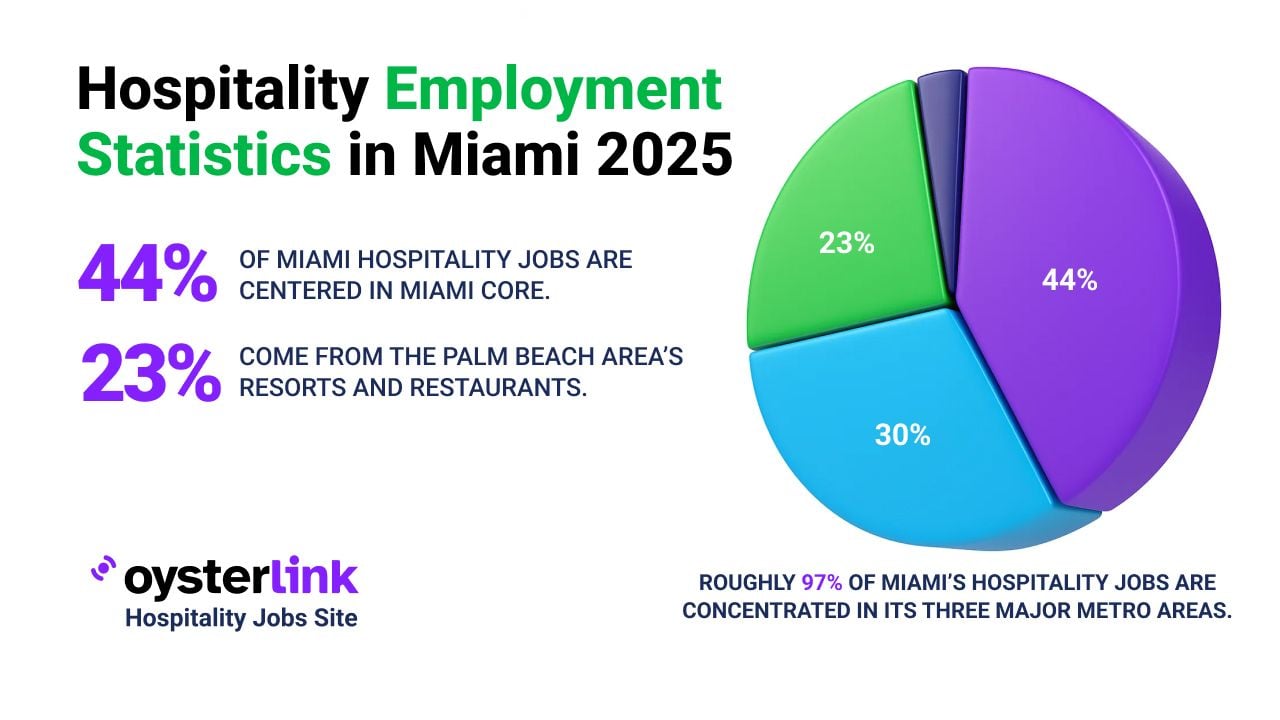Chef Union vs Non-Union Jobs: Key Takeaways
- Unionized chefs typically earn higher wages, e.g., $32+ per hour by 2025 in NYC, compared to lower pay for non-union chefs.
- Union membership often provides better benefits, such as health insurance (41.9% vs. 14.3%) and pensions (31.6% vs. 8.3%).
- Unions offer greater job security through collective bargaining agreements, while non-union jobs may provide more flexibility but less protection.
Understanding the differences between union and non-union chef jobs helps culinary workers make informed career decisions.
This guide covers wages, benefits, job security, and flexibility for chefs in both employment types.
1. Wages and Benefits in Chef Union vs Non-Union Jobs
One of the most striking differences between union and non-union chef jobs lies in compensation and benefits.
Unionized chefs generally receive higher wages due to negotiated collective bargaining agreements. For example, unionized line cooks in New York City started at nearly $27 per hour in 2011, with scheduled increases pushing wages beyond $32 per hour by 2025. To understand these roles better, check the line cook job description.
Conversely, non-union chefs often earn substantially less. These positions lack standardized wage scales, and salaries can vary widely by employer without guaranteed increases.
Beyond pay, unions typically secure more comprehensive benefits for members.
- Health insurance coverage through employers is far more common among unionized culinary workers (41.9%) compared to non-union chefs (14.3%).
- Pension plan availability also favors union members, with 31.6% having coverage versus just 8.3% in non-union roles.
Employers looking to attract top culinary talent might find value in resources like retaining a chef strategies to keep their kitchen staff motivated and committed.
2. Job Security and Protections in Chef Union vs Non-Union Employment
Unionized chefs benefit from enhanced job security as unions negotiate clear procedures for termination and layoffs within collective bargaining agreements.
Such agreements often require just cause for dismissal and include mechanisms for dispute resolution, protecting union members from arbitrary or unfair treatment.
Non-union chefs generally lack these formal protections, making job security more uncertain. Layoffs or terminations may be at the employer's discretion without mandated review processes.
For restaurant owners aiming to improve their hiring and retention processes, reviewing restaurant staff hiring insights can be highly beneficial.
3. Training and Career Advancement in Chef Union vs Non-Union Jobs
Union membership frequently grants access to structured training programs and mentorship, which help chefs develop skills and advance professionally.
These resources allow union chefs to stay current with evolving culinary techniques and industry standards, improving their long-term career prospects.
Non-union chefs may have fewer organized opportunities for training and mentorship, relying on individual employers or personal initiative for growth.
Chefs interested in advancing their careers may also want to explore the career path and interview preparation for sous chefs, a key leadership position in the kitchen hierarchy.
4. Flexibility and Independence: Comparing Union and Non-Union Chef Jobs
Non-union chef jobs often offer greater flexibility, allowing individuals to negotiate pay and work conditions directly with employers.
This autonomy can benefit highly skilled chefs seeking to work on diverse projects or command higher earnings through contract negotiations.
However, this flexibility frequently comes without the safety nets provided by union agreements, such as consistent wages, comprehensive benefits, and protections against unfair termination.
For employers seeking to optimize their staffing, resources like how to hire a cook can provide valuable guidance in sourcing the right talent.
5. Considerations for Non-Union Chef Employment
While non-union jobs appeal due to independence and potential earning upside, they also present challenges.
Many non-union chefs face lower pay rates and have to secure their own health insurance and retirement plans, which can add financial burdens.
Additionally, non-union workplaces may lack formal rules to safeguard fair treatment, making it important for chefs to thoroughly research employers and understand workplace policies before accepting positions.
Employers can ensure they meet expectations by understanding restaurant owner responsibilities thoroughly.
6. Choosing Between Union and Non-Union Chef Jobs
Deciding whether to pursue union or non-union employment as a chef depends on individual career goals and preferences.
Union jobs provide higher wages, better benefits, structured training, and increased job security but may limit some work flexibility.
Non-union roles offer greater independence and potentially higher earnings for top-tier chefs but come with less protection and benefits.
Weighing these factors is essential to finding the right fit in the culinary industry.
For more insights on kitchen career progression, check out the restaurant career building guide.
7. Relevant Resources for Chef Employment Rights and Benefits
- U.S. Department of Labor: Fair Labor Standards Act (FLSA)
- U.S. Department of Labor: Wage and Hour Division
- National Labor Relations Board: https://www.nlrb.gov/
Employers interested in learning effective hiring techniques might refer to the fast hiring strategies to streamline their recruitment process.
Chef Union vs Non-Union Jobs: Conclusion
Understanding the differences between union and non-union jobs is vital for chefs navigating their careers.
Union positions generally provide higher wages, stronger benefits, job security, and training, while non-union roles offer flexibility and greater individual negotiation power.
By considering these factors and utilizing official resources, chefs can make informed decisions aligning with their professional and personal priorities.




.webp)
.webp)